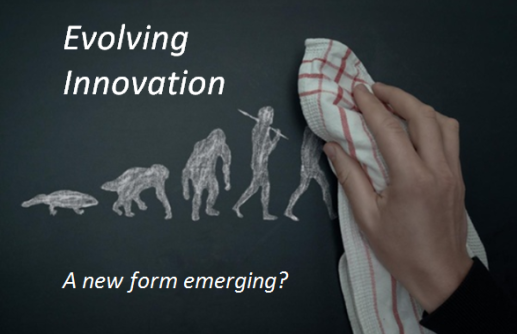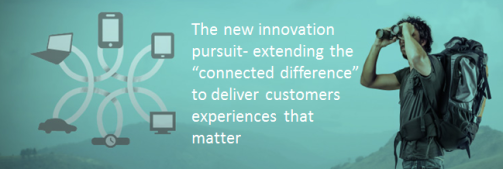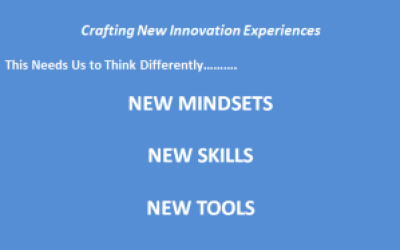 Paul and I have been exploring the interrelationships between innovation, ecosystems and platforms for a few weeks now.
Paul and I have been exploring the interrelationships between innovation, ecosystems and platforms for a few weeks now.
Hopefully we’ve made the point that innovators must expand their horizons, because increasingly customers don’t want or need stand alone, discrete products as much as they want integrated, seamless, holistic solutions.
In fact I think we can easily predict that moderately interesting new innovations that integrate with existing ecosystems and platforms dominate disruptive new products that ignore ecosystems and platforms.
Why? Customers don’t want to give up all that they have invested in the totality of their use of a solution or the experience when using the solution. Even if the disruptive product or service delivers outsized benefits, if it causes the rest of the customers’ experience to suffer or degrade, many will choose to remain on a more integrated solution.
There’s a lot here to unpack.

 Our belief is that customer demand is changing. This will have a significant impact on the way organizations will have to adapt and change their innovation approaches in the future.
Our belief is that customer demand is changing. This will have a significant impact on the way organizations will have to adapt and change their innovation approaches in the future.